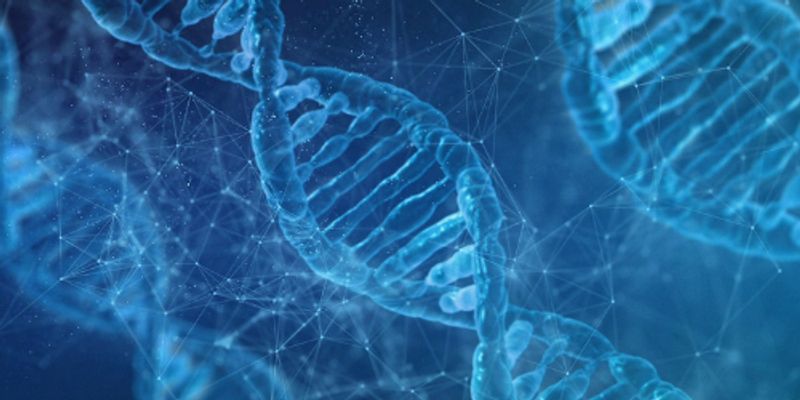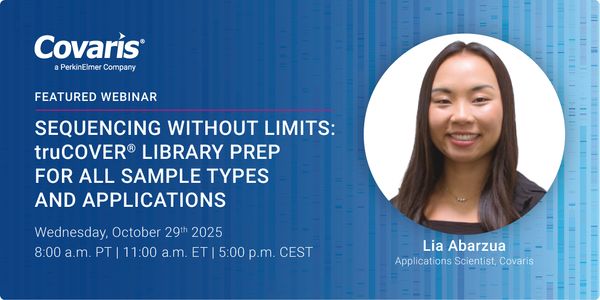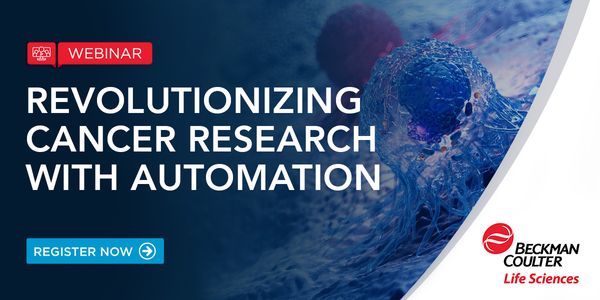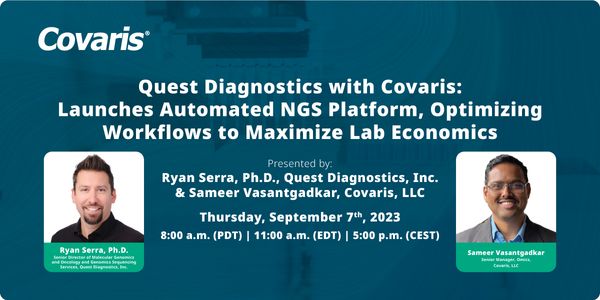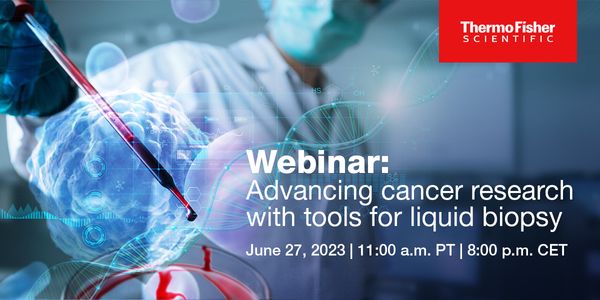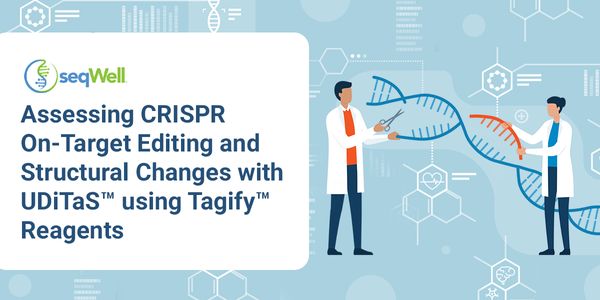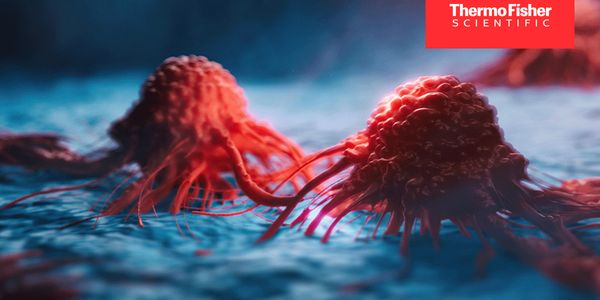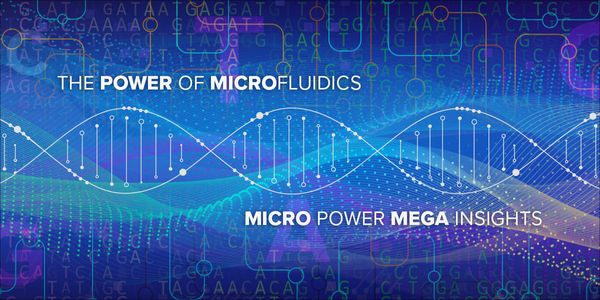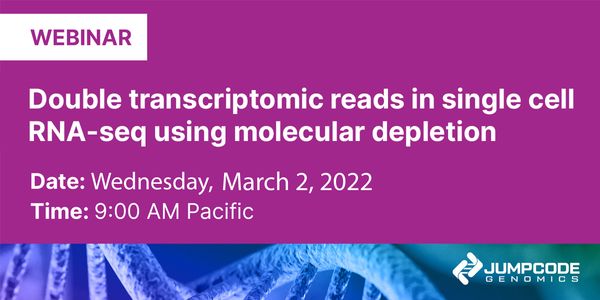Library Preparation
Library preparation is the initial part of the procedure for next generation sequencing. During this step, DNA or RNA is fragmented and then adhered, or ligated, to the sequencing platform allowing for sample identification. In ligation-based library prep fragmentation and ligation occur in two separate steps while in tagmentation-based library prep fragmentation and ligation are completed in one step.
-
OCT 29, 2025 | 8:00 AMIn today’s rapidly evolving landscape of next-generation sequencing (NGS), researchers face mounting pressure to deliver high-quality data from increasingly diverse and challenging sam...Webinar 2 will focus on specimen types, specimen management, extraction, quantification, and various types of library preparation (amplicon vs. hybrid capture) for DNA. We will also include...Speaker: Dr. Jeremy Segal, MD, PhD
JUN 26, 2024 | 8:00 AM
This webinar explores the groundbreaking impact of innovative NGS enzymes on reshaping the landscape of next-generation sequencing (NGS) and accelerating NGS democratization in diagnostics....
JUNE 21, 2024 3:30 PM ET
Automated Magbead Extraction accelerates your DNA Library Preparation. Gilson Pipetmax uses robotic scripts developed using PIPETMAX for NGS....
Speaker:
Kelly White
Nucleic acid agarose gel electrophoresis is a fundamental technique in molecular biology, boasting a rich history of advancements and innovations spanning over half a century. This technique...
Speaker:
Paulius Palaima
Presented at: Precision Medicine: Genomics, Genetics & Molecular Diagnostics Virtual Event Series 2024
Sponsored By: Thermo Fisher Scientific
Sponsored By: Thermo Fisher Scientific
MAR 26, 2024 | 8:00 AM
DNA fragmentation is a critical step in preparing DNA libraries for short read-based protocols. The two primary methods are mechanical shearing (using acoustic technology like Covaris) and e...
NOV 14, 2023 | 8:00 AM
RNA-Seq remains a critical and robust methodology in understanding cellular and organismal changes associated with development and disease. Advances in automation have helped reduce the cost...
OCT 26, 2023 | 8:00 AM
In the era of advanced biotechnology, automation plays a crucial role in accelerating cancer research. Next-generation sequencing (NGS) technology has revolutionized cancer research, but lab...
Speaker:
Nicholas Lodato, Ph.D.
, Enrique Neumann, Ph.D.
Sponsored By: Beckman Coulter Life Sciences
SEP 07, 2023 | 8:00 AM
Advancements in Next Generation Sequencing (NGS) are changing the genomics industry, favoring those with scale. Quest Diagnostics' clinical expertise, combined with our infrastructure, p...
Speaker:
Ryan Serra, BSc. and Ph.D.
, Matthew Gallen, MPH
, Sameer Vasantgadkar
Sponsored By: Covaris, Inc.
JUL 25, 2023 | 8:00 PM
NEED ABSTRACT Learning Objectives Understand how the challenges of amplification from low input DNA, including single cells, can be overcome Discover why more researchers are using a next ge...
JUN 27, 2023 | 11:00 AM
Cancer is a leading cause of death worldwide, accounting for nearly 10 million deaths in 2020, or nearly one in six deaths, according to the World Health Organization. Many cancers can be cu...
DEC 13, 2022 | 8:00 AM
Date: December 13, 2022 Time: 8:00am (PST), 11:00am (EST), 5:00pm (CET) Understanding the diversity of repair outcomes after introducing a genomic cut is essential for realizing the therapeu...
NOV 16, 2022 | 8:00 AM
Date: November 16, 2022 Time: 8:00am (PST), 11:00am (EST), 5:00pm (CET) Immunopeptides play an essential role in adaptive immunity by activating and ensuring T-cell specificity. Mass spectro...
OCT 04, 2022 | 9:00 AM
Date: October 04, 2022 Time: 9:00am (PDT), 12:00pm (EDT), 6:00pm (CEST) The Miro Canvas is a new platform which enables full walkaway automation of complex next generation sequencing (NGS) s...
...
JUL 26, 2022 | 9:00 AM
Date: July 26, 2022 Time: 9:00am (PDT), 12:00pm (EDT), 6:00pm (CEST) Organoids and spheroids are increasingly being used in many research applications, including drug discovery, toxicology,...
JUN 09, 2022 | 9:00 AM
Date: June 09, 2022 Time: 9:00am (PDT), 12:00pm (EDT), 6:00pm (CEST) Thousands of researchers worldwide have utilized microfluidics technology from Standard BioTools for genomics application...
Wastewater samples are challenging substrates for nucleic acid extraction, and choice of extraction method will determine the success of downstream analysis. Extraction methods must be able...
Speaker:
Jonathan Shaffer, PhD, MBA
, Dominic O'Neil, MS, MBA
Objective : Evaluation of EDTA-gel blood collection tubes from remote locations for NIPS (Non-invasive prenatal testing). Design: Paired comparisons Population: 61 pregnant women from Britis...
Speaker:
Dr François Rousseau, MD, MSc, FRCPC, FCAHS
Presented at: Genetics Week Virtual Event Series 2022
Regardless of method, single cell RNA-seq only captures a small fraction of the transcriptome of each cell. Often, this is due to inherent limitations of the methodology as reads ‘drop...
Speaker:
Dante DeAscanis
Targeted sequencing has many applications in cancer biomarker research, carrier screening and inherited disorders, drug development, mitochondrial DNA variant detection, human ID and paterni...
While early genetic diagnosis can guide critical care management, the turnaround time for whole genome based diagnostic testing is months. Recent programs in neonatal populations have reduce...
